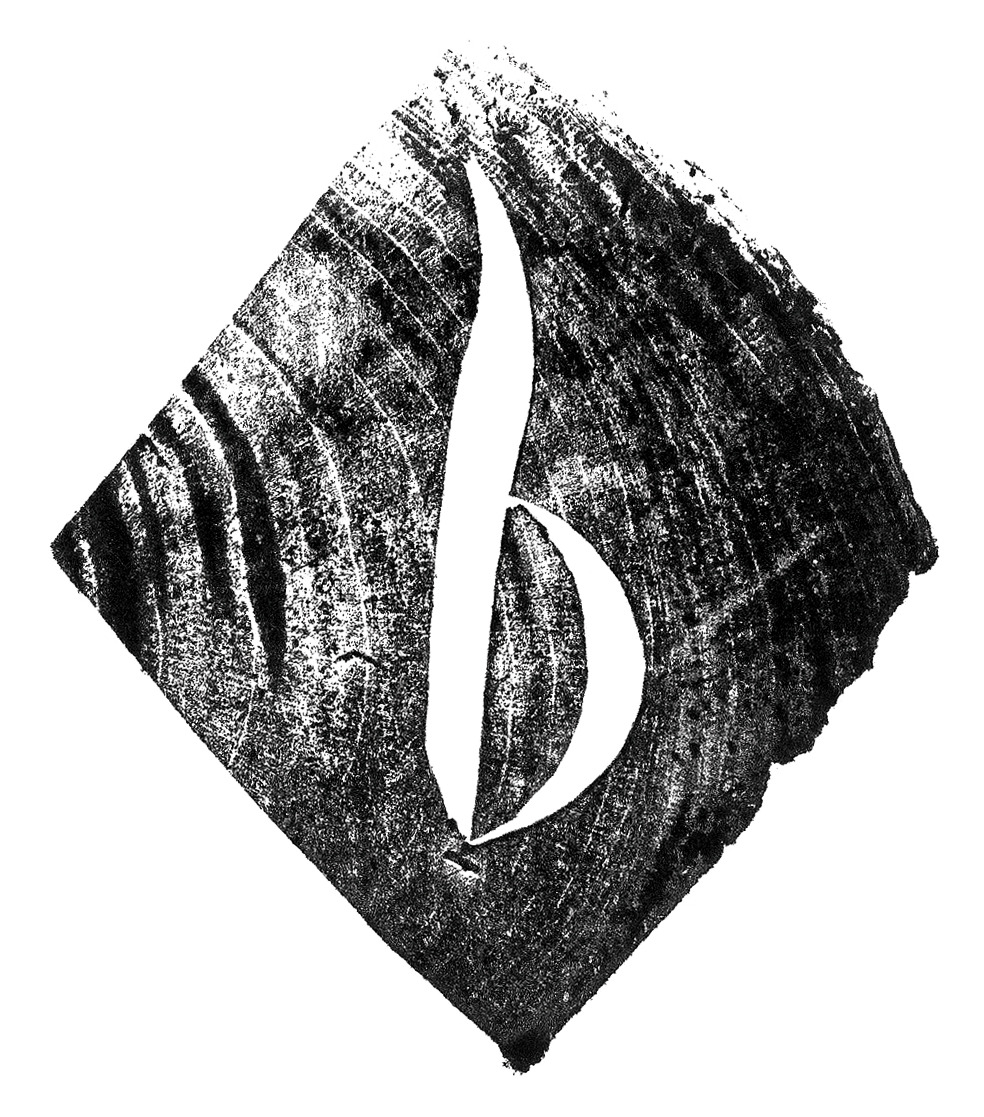Wood
Fritiof seemed pretty sold on Birch, i brought with me a load of spoon blanks because in theory i was going to sit in the corner and carve spoons whilst the course was going on, in the end i only made 16 spoons during the whole course, several times Fritiof mentioned that the wood i was using was too hard and my tired hands agreed with him! Some of the wood i was using was London Plane and not only is it hard as nails but the grain switches direction laterally very frequently this is beautiful when finished but hard work/good practice. I too am sold on Birch it is a beautiful wood, it was re-introduced to me a couple of years ago after one previous bad experience with it i had discarded Birch as no good (woops!)
The other blanks i had were cherry and alder, the cherry was unusually hard but had fantastic colourings as did the Alder. I think Alder is a fine spoon wood like Birch it is extremely forgiving whilst carving with a nice close even grain though not as hard as birch i consider it to be harder wearing than willow. I was pleased to hear Fritiof was a fan of Hazel which is definitely in my Top 5 favourite woods, recently i have been staining hazel spoons with tea it really brings out the grain.
I like cherry but it's uneven skrinkage is a irritating, i tend to make my spoon blanks with tangentally cleft wood so that the top of the bowl is orientated towards the bark. If the wood is straight and you allign the spoon so that you get nice symmetric rings in the bowl then the spoon should shrink symmetrically if you don't you get what i call a wonkey donkey (these spoons deserved to be loved too though). I also make the spoon wider across the bowl because cherry tends to skrink much more in that direction.
When travelling i use whatever wood i can get hold of = smaller diameter stuff, which will have more knots. If you have larger diameter wood then you can split it into quarters and then split out the middle bit than contains the pith, this usually removes most of the knots as well. This wood is of a better quality as the tree has a larger canopy which means it needs to lay down stronger wood and also has the resources to do so. The wood at the base of the tree is much tougher and has a more "intertwined" grain on some harder more fibrous woods this can be a hassle to carve but on Birch it is lovely. Now i am settled i am hoping to use larger diameter stuff.
From a sales point of view i find the spoons sell much better when i have a variety of different colour woods, one of the problems with pale wooods like birch/sycamore/willow is they show up dirt more easily, each time someone picks up a spoon i find myself hoping they've got clean hands. Being sat on the street it can be hard to keep the spoons clean - a lot of black dust comes from roads/cars i'm sat next to.
Tomorrow i'll write a bit about Green V Seasoned wood.
The other blanks i had were cherry and alder, the cherry was unusually hard but had fantastic colourings as did the Alder. I think Alder is a fine spoon wood like Birch it is extremely forgiving whilst carving with a nice close even grain though not as hard as birch i consider it to be harder wearing than willow. I was pleased to hear Fritiof was a fan of Hazel which is definitely in my Top 5 favourite woods, recently i have been staining hazel spoons with tea it really brings out the grain.
I like cherry but it's uneven skrinkage is a irritating, i tend to make my spoon blanks with tangentally cleft wood so that the top of the bowl is orientated towards the bark. If the wood is straight and you allign the spoon so that you get nice symmetric rings in the bowl then the spoon should shrink symmetrically if you don't you get what i call a wonkey donkey (these spoons deserved to be loved too though). I also make the spoon wider across the bowl because cherry tends to skrink much more in that direction.
When travelling i use whatever wood i can get hold of = smaller diameter stuff, which will have more knots. If you have larger diameter wood then you can split it into quarters and then split out the middle bit than contains the pith, this usually removes most of the knots as well. This wood is of a better quality as the tree has a larger canopy which means it needs to lay down stronger wood and also has the resources to do so. The wood at the base of the tree is much tougher and has a more "intertwined" grain on some harder more fibrous woods this can be a hassle to carve but on Birch it is lovely. Now i am settled i am hoping to use larger diameter stuff.
From a sales point of view i find the spoons sell much better when i have a variety of different colour woods, one of the problems with pale wooods like birch/sycamore/willow is they show up dirt more easily, each time someone picks up a spoon i find myself hoping they've got clean hands. Being sat on the street it can be hard to keep the spoons clean - a lot of black dust comes from roads/cars i'm sat next to.
Tomorrow i'll write a bit about Green V Seasoned wood.
